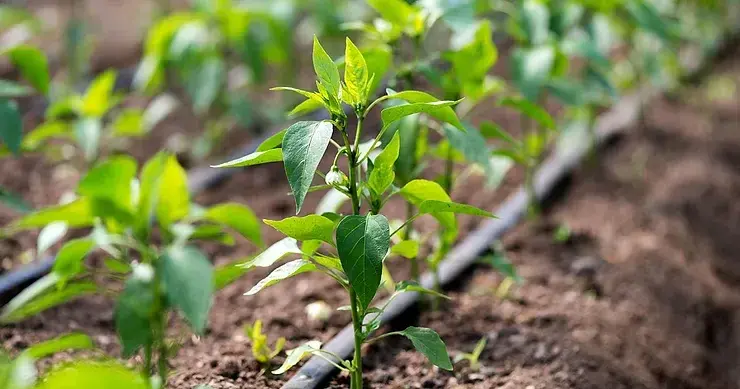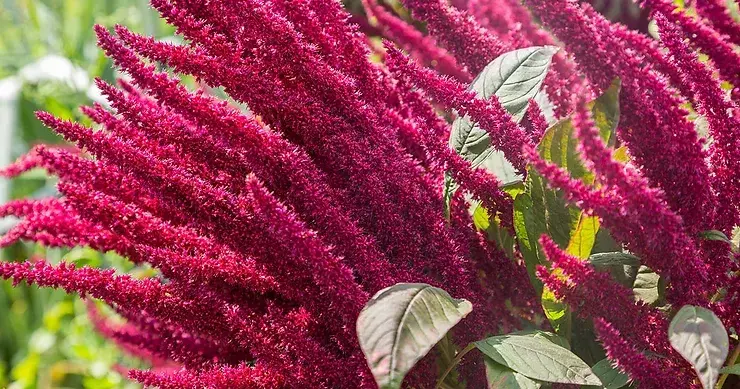
Redefining Our Water Future: Digging into Agricultural Water Use

 This is article is a continuation of our series, Redefining Our Water Future. Read our previous article, Why Water?, and our follow-up article, Dealing with Drought in the Central Valley.
This is article is a continuation of our series, Redefining Our Water Future. Read our previous article, Why Water?, and our follow-up article, Dealing with Drought in the Central Valley.
Agriculture uses 70 percent of global freshwater, so any effort to conserve water on a large scale has to involve the agricultural sector. We will look at the technologies and practices farmers implement to reduce water use.
When it comes to water conservation, farmers have two buckets of options. The first is adopting technologies that can help improve water efficiency. Drip irrigation, which allows water to drip slowly to the roots of plants either on top of or below the soil surface, has become one of the most valued innovations in agriculture. Farmers can control the timing and amount of water, allowing them to apply only as much as the crop requires and minimize evaporation. While it varies based on crop and location, drip irrigation can reduce a farm’s water consumption by as much as 60 percent and increase crop yield by 90 percent compared with conventional irrigation methods.

In 2018, 72 percent of all irrigated cropland acres in the Western US used pressurized irrigation systems (including drip irrigation systems and sprinklers). Irrigation management equipment and devices such as smart valves and remote monitoring & shutoff devices provide growers with more system control points, preventing the occurrence of catastrophic leaks, lowering the strain on labor, and reducing power costs. Nanobubble technologies in irrigated agriculture represent another approach to improving water efficiency by lowering acreage surface tension, which can result in better soil infiltration and heat resiliency, as well as a reduction in surface runoff.
The implementation of various irrigation-based solutions becomes even more effective as they are integrated with digital agriculture technologies. Technologies such as soil sensors, aerial imagery devices, and various software tools can help farmers track real-time field and crop conditions and apply water and nutrients exactly when and where they are needed. These technologies can be wirelessly incorporated into irrigation systems, which enables farmers to use remote management (i.e., smartphones and tablets) to respond to conditions and make rapid water management decisions. Solutions that can most effectively integrate data from multiple sources, such as soil, plant, and weather, and translate it into management insights offer farmers the most agronomic and financial value.

The second bucket of tools farmers can use includes farming practices that reduce water use. One option is to convert their fields to drought-tolerant crops that require less water. Today farmers are rediscovering ancient crops such as kernza, amaranth, or fonio and developing new hybrids that could be hardier in the face of drought. In certain water-limited geographies, such as Central Arizona, farmers are replacing water-intensive crops such as alfalfa with desert plants that have multiple uses, including supplementing the world’s rubber supply. Farmers can also dry farm or rely on soil moisture to produce crops, which takes paying careful attention to microclimates and soil conditions. While dry farming usually results in lower yields, it also enhances the flavor of the crops.
A significant focus of drought mitigation efforts on farms involves practices that improve soil health, such as rotational grazing, cover crops, crop rotations, compost applications and conservation tillage. These practices increase soil organic matter, improving soil structure and water-holding capacity. Many of these practices also improve soil coverage, which is essential for reducing evaporation. Healthy soils can absorb and retain water, whereas non-healthy soils will lead to water runoff. Even a 1 percent increase in soil organic matter can increase water storage potential on an acre by more than 20,000 gallons. Pairing irrigation and data collection technologies with farming practices that build soil health can offer farmers the best opportunity to conserve water and build resilience during drought.
To learn how people in the farming community are dealing with drought themselves, read our follow-up article, Dealing with Drought in the Central Valley.


